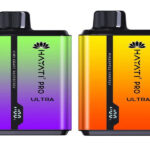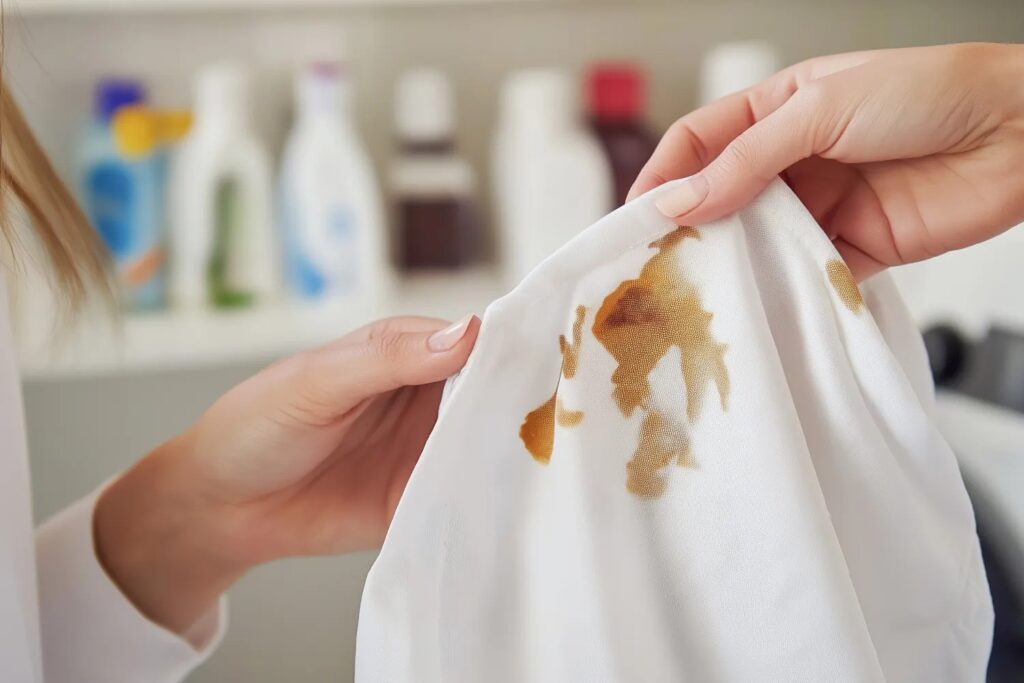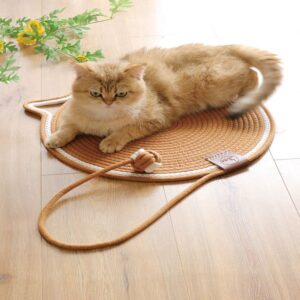We’ve all been there — a splash of coffee during a morning rush, ketchup falling from a burger, or ink from a leaky pen. Stains are an unavoidable part of life, but with the right knowledge and approach, they don’t have to mean the end of your favorite shirt or bedsheet. Whether you handle your washing at home or rely on Laundry Services for more delicate items, knowing how to treat common stains promptly and properly can save your wardrobe and your peace of mind.
Why Immediate Action Matters
Stains are essentially chemical reactions. The longer a stain stays on fabric, the deeper it penetrates into the fibers and the more difficult it becomes to remove. Immediate attention doesn’t just increase the chances of removal — it also prevents permanent discoloration and fabric damage.
1. Coffee and Tea Stains
Morning beverages like coffee and tea contain tannins, which are plant-based compounds that easily cling to fabrics. If you act quickly, you can often treat these stains at home. Start by blotting (not rubbing) the stain with a paper towel to absorb excess liquid. Rinse the area with cold water and then apply a small amount of liquid laundry detergent or white vinegar. Let it sit for 5-10 minutes before rinsing again. For tougher stains, soak the fabric in a solution of warm water and oxygen-based bleach before washing as usual.
2. Red Wine Stains
Red wine is notorious for creating vivid, stubborn stains. If it spills, act fast. Blot the wine with a clean cloth — again, never rub. Next, pour a generous amount of salt over the stain. The salt will absorb the wine, turning pink as it lifts the pigment. After brushing off the salt, rinse the area with cold water and soak the fabric in a mixture of dishwashing liquid and hydrogen peroxide. After about 30 minutes, launder as normal.
3. Grease and Oil Stains
Oily stains from salad dressings, fried food, or butter can be tricky. These stains require something that cuts through the grease. Sprinkle baking soda or cornstarch on the area and let it sit for 10–15 minutes to absorb the oil. Then, gently scrape it off and apply dish soap directly to the stain. Massage the soap in and rinse with warm water before putting the item in the wash. Be sure to check that the stain is completely gone before drying, as heat can set the stain permanently.
4. Ink Stains
Ink can quickly ruin fabric, especially from ballpoint pens or markers. Place a paper towel under the fabric and dab rubbing alcohol or hand sanitizer on the stained area. Gently blot with a clean cloth until the ink begins to lift. Avoid rubbing, as that can spread the ink. After treating with alcohol, rinse thoroughly and launder with cold water.
5. Blood Stains
Blood stains are protein-based and need cold water — never hot — as heat can set the stain. First, soak the item in cold water for about 30 minutes. Then apply a mixture of hydrogen peroxide and a bit of dish soap. Use a soft toothbrush to gently scrub the area, rinse again, and wash as usual. For dried blood, you may need to repeat this process several times.
6. Grass Stains
If you have kids or spend time outdoors, grass stains are probably a regular issue. These greenish stains are caused by chlorophyll and can be tough to remove. Make a paste with baking soda and water, apply it to the stain, and let it sit for 10–15 minutes. Follow up with a scrub using laundry detergent or white vinegar. Rinse and wash using the hottest water safe for the fabric.
7. Chocolate Stains
Chocolate combines protein, fat, and sugar — a trifecta that can be hard on fabric. First, scrape off any solid bits of chocolate without pressing it deeper into the cloth. Rinse with cold water from the back of the fabric to push the stain outward. Apply liquid laundry detergent and let it soak for 15–20 minutes. Wash in warm water and inspect before drying.
8. Sweat and Deodorant Stains
Those yellow underarm stains on white shirts are often a mix of sweat and antiperspirant. Create a solution using baking soda, hydrogen peroxide, and water (equal parts). Apply to the stained area and let sit for at least 30 minutes before washing. For older stains, you may need to repeat the treatment a couple of times.
9. Tomato-Based Sauce Stains
Spaghetti sauce or ketchup stains are a common annoyance. Remove any excess sauce first. Then, rinse the stain with cold water and apply liquid dishwashing detergent directly onto the area. Let it sit for 10 minutes, rinse again, and wash as usual. Avoid putting the item in the dryer until you’re sure the stain is completely gone.
10. Makeup Stains
Foundation, lipstick, or mascara can leave stubborn marks. Use a makeup remover or micellar water on a cotton pad to dab the stained area. For oil-based makeup, dish soap can help break down the residue. After dabbing and blotting, wash the item with cold water and check before drying.
General Tips to Handle Stains Better
While each stain has a specific approach, there are a few golden rules to follow:
-
Act fast: The quicker you treat a stain, the better the chances of full removal.
-
Blot, don’t rub: Rubbing spreads the stain and can damage fibers.
-
Test first: Always test cleaning solutions on a small hidden part of the fabric to avoid damage.
-
Avoid heat: Never use hot water or a dryer until you are sure the stain is gone.
When to Seek Professional Help
There will always be stains that simply won’t budge with home remedies. Delicate fabrics like silk, wool, or vintage garments should not be handled at home. That’s when it’s best to trust professionals. If you’ve tried the basics and the stain remains, or if you’re unsure about fabric safety, professional Laundry Services have the right products and tools to tackle tough stains without damaging your clothes.
Conclusion
Life gets messy — that’s just part of the journey. But with a little knowledge and quick action, even the most stubborn stains don’t stand a chance. Understanding what kind of stain you’re dealing with and applying the right method can help preserve your wardrobe and save money in the long run. Keep this guide handy, and you’ll always be one step ahead in the battle against stains.
- Common Stains on Clothes and How to Effectively Remove Them
- Discover how to treat common stains like coffee, wine, and ink with simple home methods and expert tips to keep your clothes fresh and stain-free.
- Stains on Clothes
Related posts:
 Office Janitorial Services Woodfin, NC: By Clean Environments of Asheville, Inc.
Office Janitorial Services Woodfin, NC: By Clean Environments of Asheville, Inc.
 Syna World: Exploring the Immersive Universe Created by Central Cee
Syna World: Exploring the Immersive Universe Created by Central Cee
 Event Management Market Set to Soar with Tech and Global Support
Event Management Market Set to Soar with Tech and Global Support
 Beyond Clean: Why Dubai Chooses Premium Dry Cleaning for Everyday Elegance
Beyond Clean: Why Dubai Chooses Premium Dry Cleaning for Everyday Elegance
 Personalised Dental and Hair Removal Treatments You Can Trust
Personalised Dental and Hair Removal Treatments You Can Trust
 Credit Score Hacks: Boost Yours by 100 Points Fast – A complete Guide
Credit Score Hacks: Boost Yours by 100 Points Fast – A complete Guide
 The Timeless Appeal of Pleated Dress: A Must-Have in Every Woman’s Wardrobe
The Timeless Appeal of Pleated Dress: A Must-Have in Every Woman’s Wardrobe
 Hayati Pro Ultra 15000 Puffs Experience up to 15,000 puffs per device with the Hayati Pro Ultra Disposable Vape.
Hayati Pro Ultra 15000 Puffs Experience up to 15,000 puffs per device with the Hayati Pro Ultra Disposable Vape.








